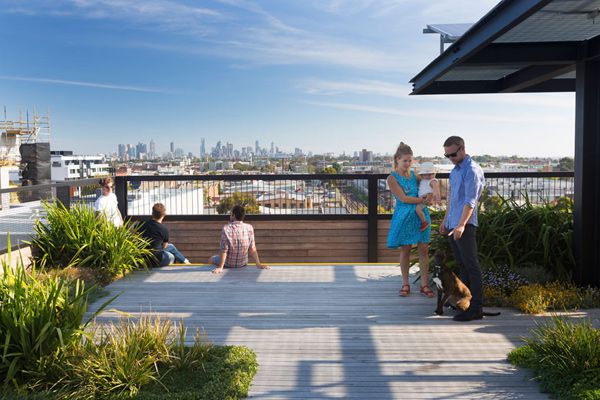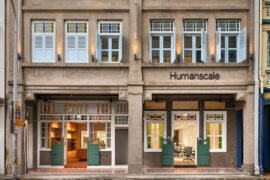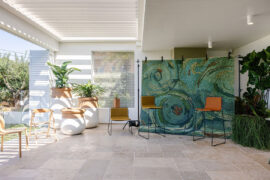Is aversion to risk stifling our creative culture? Andrew Mackenzie questions why design competitions are so undervalued in Australia.
October 26th, 2011
We live in a bi-polar topsy-turvy world when it comes to risk. While the once conservative world of banking and fund management has gone Vegas-crazy on risky debt pyramids (“lend me more, I can gamble my way out of this, honest guv”) the business of creative culture has become a form of accountancy, dominated by risk averse middle-managers.
There is no better example of this risk neurosis than in the curious case of the Australia Council’s architectural competition for a new pavilion in Venice. Instead of using the opportunity to celebrate Australia’s wealth of architectural talent, it has devised a mean spirited design competition (more a business competency test really); complete with assessment criteria that stipulates the detailing of international project delivery and previous art gallery experience.
Not only does this criteria disadvantage 99% of Australian architectural practices, it laughably disadvantages all but 3 or 4 of the last 20 years of AIA Gold Medal winners. My guess… there’s 7 or 8 practices in Australia that stand a chance. The reason is risk management (remember this building is 320sqm). Despite an army of project managers and local Italian consultants, this is a competition driven by the requirement for reliable project delivery, not inspirational architecture or cultural ambition.
Now for another topsy-turvy observation. Germany is not known for radical experimentation and profligate investments. It is the world leader in sensible shoes and engineering you can trust your life with. Yet it is also the world leader in architecture competitions. Somehow it seems to have cracked the puzzle while Australia’s still scratching its head; namely that design competitions are R&D. For a country that makes BMW, R&D means something. Competitions, treated as research, represent an efficient (and cheap) way to pressure test architecture, interrogate options and refine construction logic; to make every euro spent in construction, well spent.
Aside from the Venice Pavilion, we are seeing the pernicious spread of competitions turning into EOI’s. More competency tests, designed to reward large practices for simply showing up, while discounting the creative potential of all else. From a simple financial perspective this might be fine, if what you are looking for is more of the same, please. But if Australia wants to take its environment and its city-building future seriously, the last thing it needs to do, is more of the same.
Is it time for Australia to learn a lesson from the only economy still standing in Europe?
Catch Andrew’s feature essay on architectural competitions in this Friday’s Australian Financial Review Magazine – the Design Issue.
INDESIGN is on instagram
Follow @indesignlive
A searchable and comprehensive guide for specifying leading products and their suppliers
Keep up to date with the latest and greatest from our industry BFF's!

London-based design duo Raw Edges have joined forces with Established & Sons and Tongue & Groove to introduce Wall to Wall – a hand-stained, “living collection” that transforms parquet flooring into a canvas of colour, pattern, and possibility.

Rising above the new Sydney Metro Gadigal Station on Pitt Street, Investa’s Parkline Place is redefining the office property aesthetic.

Increasingly, nature and greenery will play an important role in building our future cities as we grapple with rising urban density while addressing issues of health, wellbeing and sustainability. Linsey Rendell explores living infrastructure locally.

Available now for online readers, the 82nd issue of Indesign largely focuses on hospitable design, it’s trends and it’s importance.

Sub-Zero’s Designer Series is takes innovative food-preservation to a new, design-led level.
The internet never sleeps! Here's the stuff you might have missed

Humanscale’s new showroom is about the modern workplace, with ergonomic excellence, sustainable design and architectural heritage in Singapore.

Tappeti’s latest rugs have been unveiled at one of Luigi Rosselli’s stunning Sydney coastal homes alongside furniture by Design Nation.